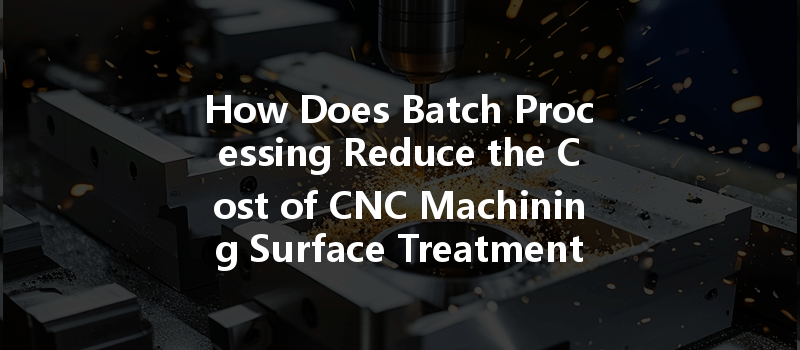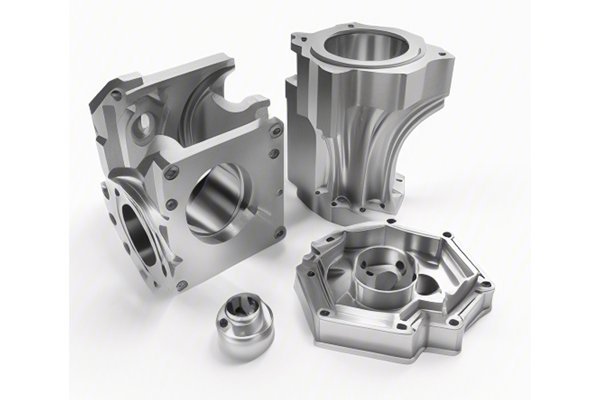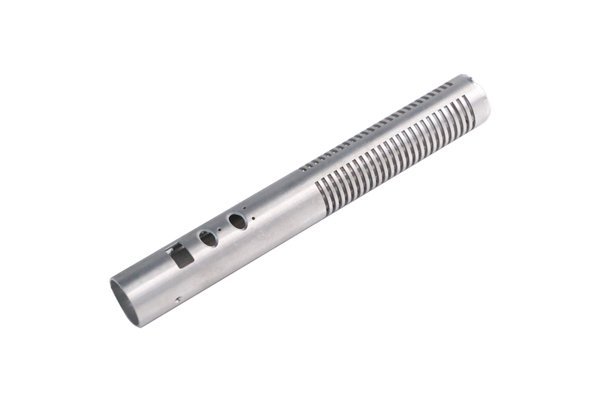: The Impact of Surface Treatment Costs
Did you know that surface treatment can account for up to 50% of the overall manufacturing cost of CNC machined components? In an industry where margins can be razor-thin, this statistic is staggering. As the demand for high-quality components expands, manufacturers are constantly seeking strategies to optimize operations and reduce costs. One impactful solution that has emerged is batch processing—a method that can turn the tide in cost management and efficiency. This blog will explore how batch processing can significantly reduce the costs associated with CNC machining surface treatment while maintaining or even enhancing quality.
What is CNC Machining Surface Treatment?
Before delving into the specifics of batch processing, it’s essential to understand what we mean by CNC machining surface treatment. This process encompasses various techniques designed to enhance the physical or aesthetic properties of the machined surface. Common methods include:
Each of these methods is vital for achieving certain specifications that might be required for parts used in automotive, aerospace, or medical applications.
How Does Batch Processing Work?
Batch processing involves grouping multiple parts together to undergo a common machining or treatment process. Instead of treating each part individually, manufacturers process many components simultaneously. This technique can apply to various surface treatment methods, allowing companies to take advantage of economies of scale.
Benefits of Batch Processing in CNC Machining:
Cost Reduction Strategies through Batch Processing
To fully appreciate the effectiveness of batch processing in reducing CNC machining surface treatment costs, we will explore various strategies manufacturers can adopt.
Strategic Planning: Ensure that the processing schedule allows for maximum batch sizes without compromising quality. Identifying peak performance times for machinery can also enhance throughput.
Implementing a Just-In-Time Approach: This inventory strategy focuses on receiving goods only as they are needed in the production process, thereby reducing inventory costs.
Upgrading Machinery: Modern CNC machines with advanced capabilities can often handle batch processing more efficiently. Investing in CNC technology with higher feeding rates and improved tolerance levels can lead to substantial savings.

Utilizing Automation: Automated systems enable consistent treatment application across different parts, enhancing efficiency while minimizing manual intervention and errors.
Implement Standard Operating Procedures (SOPs): Creating SOPs for batch processing methods ensures consistency in handling, treatment, and quality checks.
Employee Training: Ensuring that employees are well-trained in batch processing techniques guarantees that operational efficiency and safety standards are continuously met.
Understanding which treatments benefit from batching is critical. For example, anodizing may require different batch sizes compared to powder coating or painting. Tailoring the batch size not only improves efficiency but also maximizes cost savings.
Continuous Monitoring: Using real-time monitoring systems can help assess the quality of surface treatments while the batch is processed, allowing for quick adjustments in case of deviations.
Quality Assurance Testing: Regularly testing batches for properties like corrosion resistance or surface roughness helps to catch defects early, reducing the costs associated with rework or rejects later in the manufacturing process.
Challenges of Batch Processing in CNC Machining
While batch processing presents numerous benefits, it is essential to be aware of potential challenges, including:
Case Study: Application of Batch Processing
To illustrate the benefits of batch processing in CNC machining surface treatment, let’s consider a case study from a hypothetical manufacturer—XYZ Components.
Background
XYZ Components specializes in producing high-precision aluminum parts for the automotive industry. Facing pressure from competitors and increases in operational costs, the company sought strategies to reduce expenses without sacrificing quality.
Implementation
By transitioning to batch processing for surface treatments such as anodizing and coating, XYZ Components began grouping parts that required similar treatments. They invested in automated anodizing lines that minimized manual handling and streamlined operations.
Outcome
In an era where efficiency is paramount, implementing batch processing for CNC machining surface treatment emerges as a potent strategy for cost reduction. The benefits, ranging from labor savings to improved quality control, are significant and can directly impact the bottom line of manufacturers.
By prioritizing strategic scheduling, investing in advanced technology, standardizing processes, and continuously monitoring quality, manufacturers can harness the full potential of batch processing. Not only does it enable manufacturers to keep up with rising costs and customer demands, but it also promotes a culture of continuous improvement and operational excellence.
As we have seen, the importance of batch processing in CNC machining is not just theoretical—it’s a tangible solution that can transform businesses. In an ever-competitive market, recognizing and adapting to these operational efficiencies is not merely wise; it’s essential for survival.
We hope that this detailed exploration of batch processing has provided valuable insights. Reflect on your current methodologies and consider where batch processing could enhance your operations. Embracing these techniques could very well shape the future success of your manufacturing endeavors.






